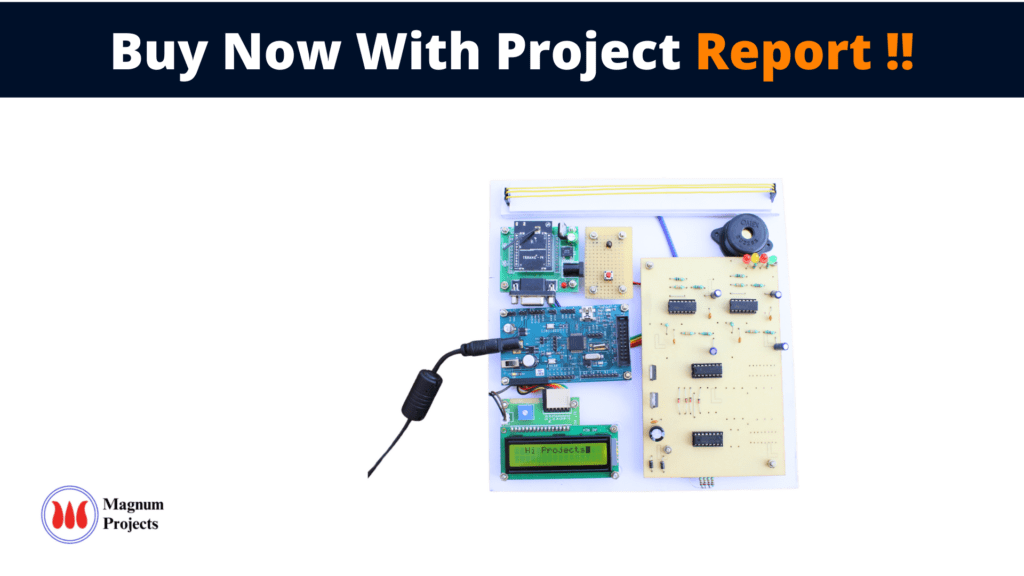Table of Contents
Introduction:


Traveling safety is always the most important issue in transportation systems. In general, several factors cause road accidents, such as human errors, mechanical failures of the vehicle, inclement weather conditions, and roadway limitations (e.g. pavement, lane geometry, etc.). Accident analysis results indicate that misjudgment made by the driver was the leading cause of accidents Many accidents are caused when drivers lack a better understanding of the surrounding traffic conditions. This is because traditionally while driving, the driver not only needs to control his vehicle but also needs to pay attention to the movements of the vehicles around him. A driver cannot be fully focused on the road continuously due to many factors, such as distractions or fatigue.
The automobile industries are working hard to enhance the vehicles’ safety features by taking advantage of onboard sensor technologies. Drivers will be able to purchase vehicles with certain advanced safety features such as collision avoidance, obstacle detection, range detection, reversing sensors, automatic braking, intelligent headlights, etc. to assist them to drive safely. The concept of these driver-aid systems is that, by using the information collected by the sensors on the vehicle, potentially unsafe situations could be detected rapidly and automatically; and these captured data could alert the driver or help the driver with appropriate actions




Block diagram explanation :
Power supply unit:
This section needs two voltages viz., +12 V & +5 V, as working voltages. Hence specially designed power supply is constructed to get regulated power supplies.
Zigbee technology:
ZigBee is the name of a specification for a suite of high-level communication protocols using small, low-power digital radios based on the IEEE 802.15.4 standard for wireless personal area networks (WPANs).
- A very low-cost, low power consumption two-way, wireless communication standard for automation, toys & PC peripherals.
- Low power consumption: 6 months to 5 years battery life for most applications.
- Low cost: At least half the cost of Bluetooth solutions.
- The high density of nodes per network: 250 nodes per network, multiple co-located networks.Data rate requirements: Few bits to 250kbps sufficient.
ARM processor:
ARM is a computer processor-based RISC architecture. A RISC-based computer design approach means ARM processors require significantly fewer transistors than typical processors in average computers. This approach reduces costs, heat, and power use. The low power consumption of ARM processors has made them very popular:
The ARM architecture (32-bit) is the most widely used in mobile devices, and the most popular 32-bit one in embedded systems.
ARM processor features include:
- Load/store architecture.
- An orthogonal instruction set.
- Mostly single-cycle execution.
- A 16×32-bit register
- Enhanced power-saving design.
Buffers:
Buffers do not affect the logical state of a digital signal (i.e. a logic 1 input results in a logic 1 output whereas logic 0 input results in a logic 0 output). Buffers are normally used to provide extra current drive at the output but can also be used to regularize the logic present at an interface.
Drivers:
This section is used to drive the relay where the output is the complement of input which is applied to the drive but the current will be amplified.
Relays:
It is an electromagnetic device that is used to drive the load connected across the relay and the o/p of the relay can be connected to the controller or load for further processing.
Methodology:
A block diagram which is shown above is divided into two parts that are transmitter and receiver. The transmitter part is which is in the vehicle and monitors the temperature of the engine, and opens or closes the door & cable. Any variation in parameters gives that signal to the ARM, then the ARM will send the information to another receiving station through ZIGBEE which is in a Police station or concerned person. At the same time, ARM will generate the output that is fed to buffer IC 4050, buffer stores and given to the driver IC 2003 in driver current will amplify and voltage will invert with the help of the Darlington circuit of driver IC to drive the relay. Then the signal is given to the output load for indication purposes.
Advantages:
- As a security device for all vehicles.
- Also for automatic operation of the gates.
- More useful in remote areas.
- This project we can operate Easily
Disadvantages:
It increases the cost whereas digital systems reduce the cost of the system.
Applications:
- Automotive Applications.
- Home and Office Applications.
- Home and office automation.
- Smart environment.
- Environmental Applications.
- Military Applications.
- Monitoring friendly forces, equipment, and ammunition.
- Battlefield surveillance.
- Reconnaissance of opposing forces and terrain.




